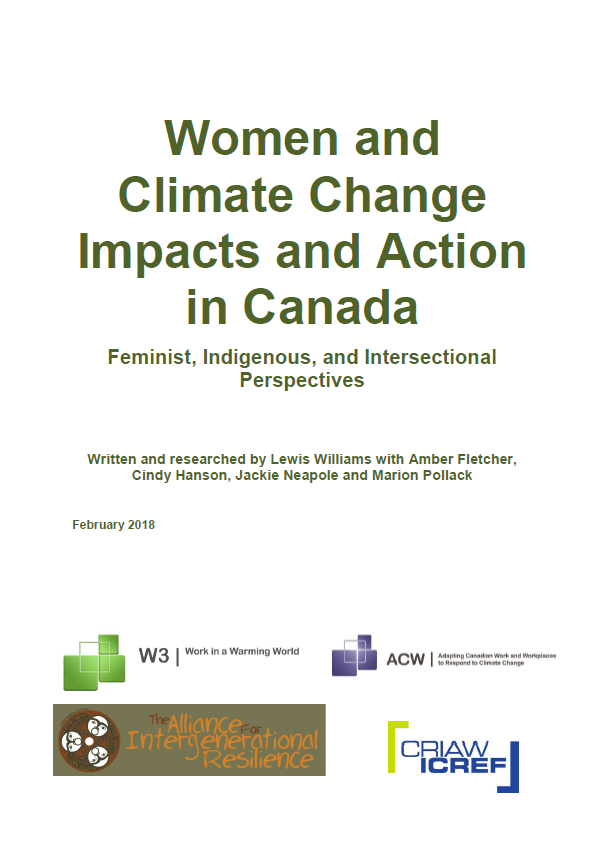You are here
jobs
The Fine Print I:
Disclaimer: The views expressed on this site are not the official position of the IWW (or even the IWW’s EUC) unless otherwise indicated and do not necessarily represent the views of anyone but the author’s, nor should it be assumed that any of these authors automatically support the IWW or endorse any of its positions.
Further: the inclusion of a link on our site (other than the link to the main IWW site) does not imply endorsement by or an alliance with the IWW. These sites have been chosen by our members due to their perceived relevance to the IWW EUC and are included here for informational purposes only. If you have any suggestions or comments on any of the links included (or not included) above, please contact us.
The Fine Print II:
Fair Use Notice: The material on this site is provided for educational and informational purposes. It may contain copyrighted material the use of which has not always been specifically authorized by the copyright owner. It is being made available in an effort to advance the understanding of scientific, environmental, economic, social justice and human rights issues etc.
It is believed that this constitutes a 'fair use' of any such copyrighted material as provided for in section 107 of the US Copyright Law. In accordance with Title 17 U.S.C. Section 107, the material on this site is distributed without profit to those who have an interest in using the included information for research and educational purposes. If you wish to use copyrighted material from this site for purposes of your own that go beyond 'fair use', you must obtain permission from the copyright owner. The information on this site does not constitute legal or technical advice.





 It appears we face a low- carbon transition dilemma. On the one hand, climate change solutions, like greenhouse gas regulation and carbon pricing, raise concerns about potential job displacement for workers in traditional energy sectors like oil and gas production and fossil-fuel generated electricity. Hence the calls for just transition. Our research, however, suggests that this blame may be at least partially misplaced. Energy workforce changes are currently affected by broader societal changes relating to fuel-cost differentials (i.e., natural gas cheaper than coal), automation, and the societal transition to non-unionized, unstable and lower-paying work. Greenhouse gas regulations and carbon pricing are certainly not the only driver of workforce change, and likely not, at least currently, not the primary driver.
It appears we face a low- carbon transition dilemma. On the one hand, climate change solutions, like greenhouse gas regulation and carbon pricing, raise concerns about potential job displacement for workers in traditional energy sectors like oil and gas production and fossil-fuel generated electricity. Hence the calls for just transition. Our research, however, suggests that this blame may be at least partially misplaced. Energy workforce changes are currently affected by broader societal changes relating to fuel-cost differentials (i.e., natural gas cheaper than coal), automation, and the societal transition to non-unionized, unstable and lower-paying work. Greenhouse gas regulations and carbon pricing are certainly not the only driver of workforce change, and likely not, at least currently, not the primary driver. Much of the argument advanced in support of expanding Canada’s fossil fuel production centres on job creation and economic benefits. Politicians, pundits and corporate spokespeople who support fossil fuel infrastructure projects—such as new oil and gas pipelines—often evoke this rhetoric when they appear in the media.
Much of the argument advanced in support of expanding Canada’s fossil fuel production centres on job creation and economic benefits. Politicians, pundits and corporate spokespeople who support fossil fuel infrastructure projects—such as new oil and gas pipelines—often evoke this rhetoric when they appear in the media.
 Just Transition is an elusive concept. First developed by the Canadian Labour Congress (CLC) at the turn of the 21st century, it has suffered from neglect for much of the last 20 years. Workshops, symposia and half-day conferences proliferated in the EU and other countries, but the meetings have duplicated each other’s work, and to date there had been no common definition or sharing of information about what works and what has not worked in just transition experiences.
Just Transition is an elusive concept. First developed by the Canadian Labour Congress (CLC) at the turn of the 21st century, it has suffered from neglect for much of the last 20 years. Workshops, symposia and half-day conferences proliferated in the EU and other countries, but the meetings have duplicated each other’s work, and to date there had been no common definition or sharing of information about what works and what has not worked in just transition experiences. In the summer of 1930, the British economist John Maynard Keynes gave a lecture in Madrid entitled “
In the summer of 1930, the British economist John Maynard Keynes gave a lecture in Madrid entitled “ This report provides information rural communities in the forested regions of California might find useful if they want to assess the potential impact on jobs and wages when weighing how to allocate resources between two general strategies for improving their wildfire safety.
This report provides information rural communities in the forested regions of California might find useful if they want to assess the potential impact on jobs and wages when weighing how to allocate resources between two general strategies for improving their wildfire safety.
 Alberta oil and gas companies are wasting so much natural gas each year that Albertans are losing out on up to $21 million a year in provincial natural gas royalties.
Alberta oil and gas companies are wasting so much natural gas each year that Albertans are losing out on up to $21 million a year in provincial natural gas royalties. 